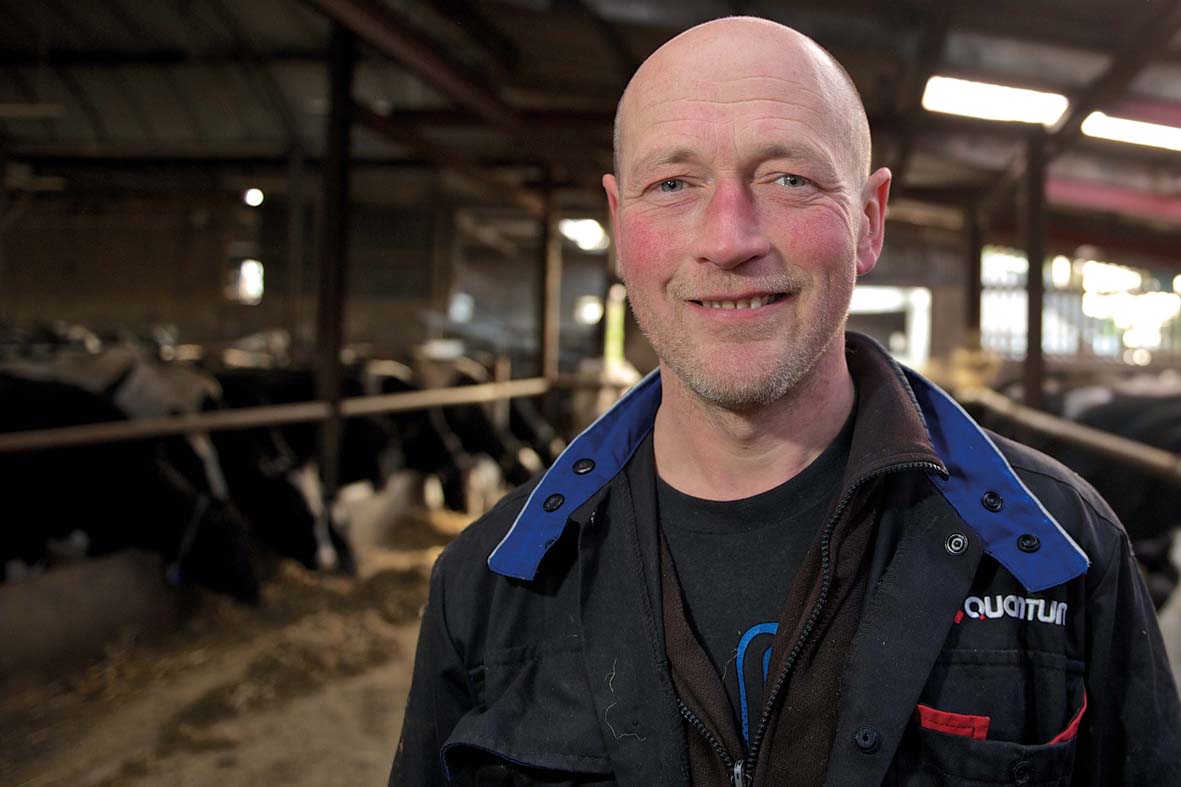Actisaf maintains rumen health for pedigree herd
It is not a secret that rumen health is critical to dry matter intake, which in turn is critical to milk yield and, ultimately, profitability. And that’s why Bryan Purdy places so much importance on ensuring that his cows maintain proper rumen function.Bryan runs the 300-strong Richview herd of pedigree Holsteins near Keady in County Armagh. The cows are milked three times a day through a 26-unit swing over parlour installed five years ago, with the herd averaging 9,660 kg on a 305-day lactation, with fats at 4.0 per cent and protein at 3.25 per cent.
The herd calve all year round to satisfy the demands of the liquid market, with milk being sold to Fane Valley co-operative. Milking cows are grouped into three main management groups – fresh cows, the main herd and then the stale group, with the stale cows grazing during the summer, whilst the others are fed on a TMR ration to maintain intakes.
And Bryan uses a feeding system that is somewhat unusual on UK farms.
“We installed the Mullerup automatic feeding system around four years ago and it was one of the first units in the UK,” Bryan explained. “The system has a computer-controlled mixing and delivery box, operated from a weigh cell, which uses an overhead track to travel around the building delivering the appropriate ration to the right group of cows.”
This system has two ‘forage’ delivery chutes, a straw chute, a molasses spout and four concentrate augers, and so can incorporate a range of ingedients to suit pretty much any ration formulation. The system self-loads each batch and then mixes it, before travelling to the appropriate section of feed barrier to dispense the feed.
“We feed grass silage, brewers grains and straw along with soya hulls, a protein blend and an energy blend,” Bryan said. “We also have the option to add molasses if we need to.”
“The advantage of this system is that it delivers feed little and often, and delivers a consistent mixed ration to the right group every time – that offers a real advantage from a cow point of view and leads to high dry matter intakes. Our fresh cows are fed M+25 outside, our main group are fed M+30 and our stale cows are fed M+18 and we have an out of parlour feeder so we can top up and meet the needs of individual cows using that.”
So where does the yeast come in?
“We have fed Actisaf for a long time,” Bryan explained. “It is included in our compound feed as well as our energy blend, and we also feed it to our dry cows. I am convinced that it delivers benefits in terms of rumen function and dung consistency.”
This was proven to Bryan last winter when, like most other farmers, he was faced with wet, acidic grass silage.
“We started to see slight acidosis symptoms – intakes were down and milk yield suffered. We decided to double the rate of Actisaf in the ration and this delivered rapid benefits – intakes improved, milk yield stabilised and dung consistency improved. We have actually maintained that feed rate ever since as we are confident of the benefits.”

